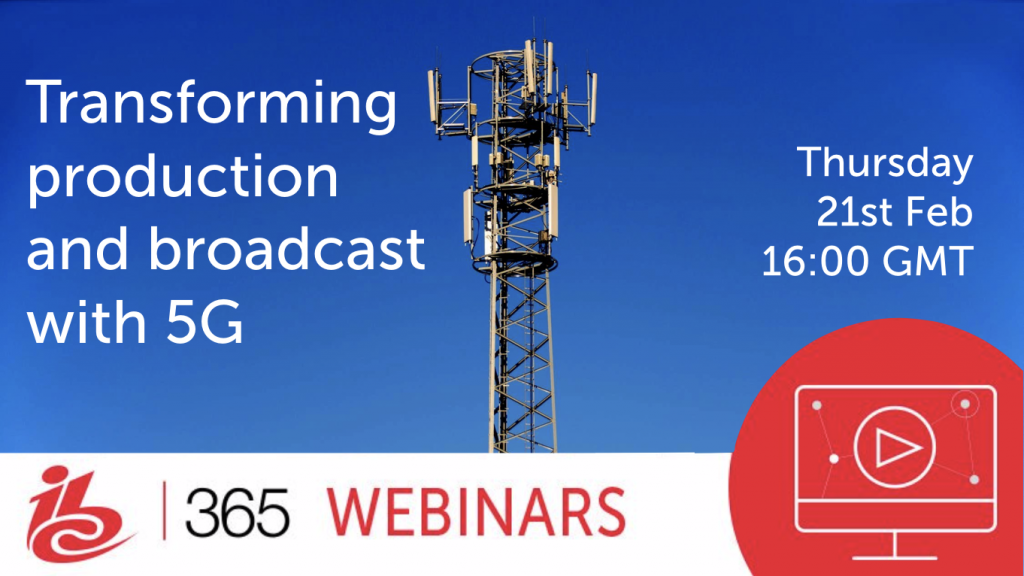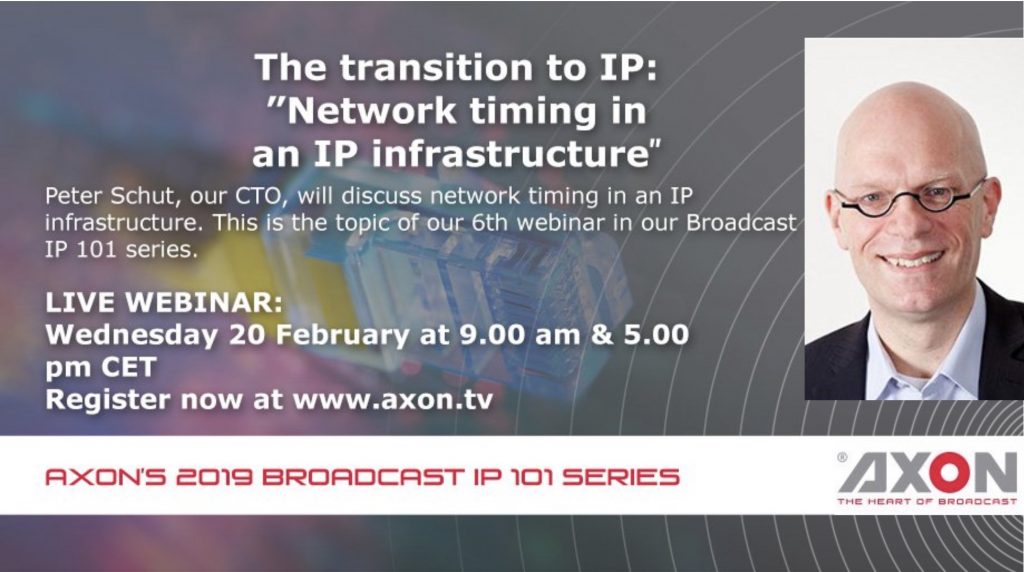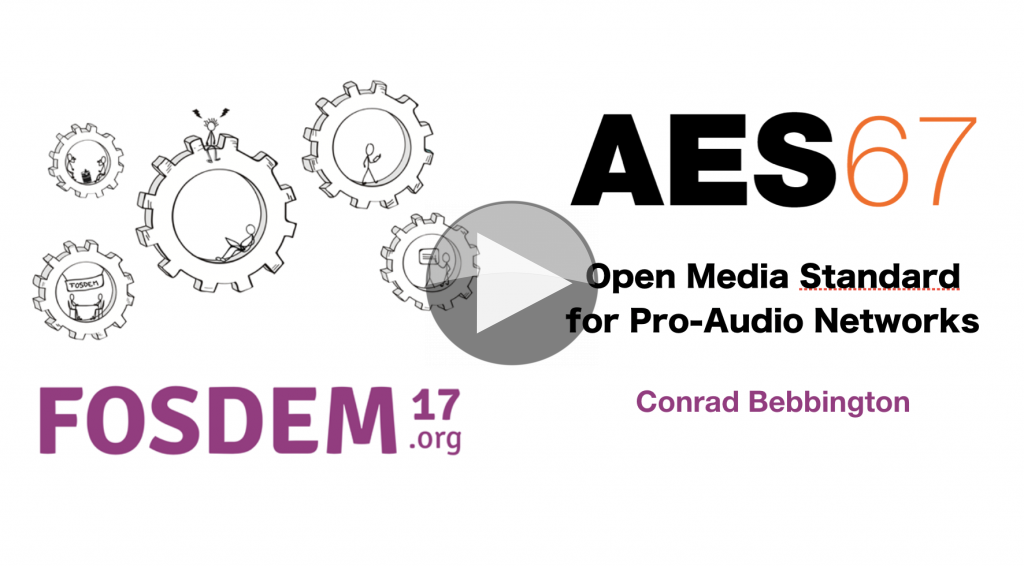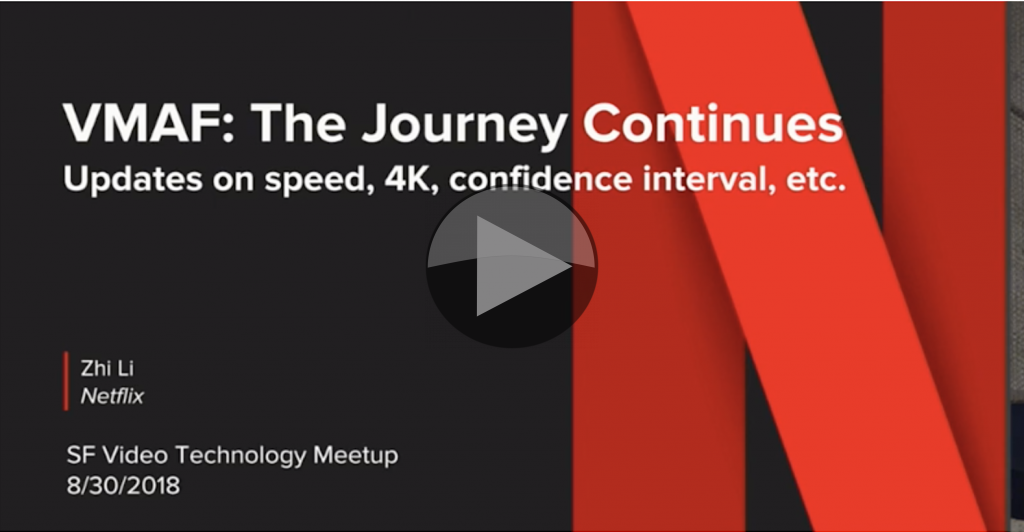
Date: 21st February 2019, 16:00 GMT plus
5G is the latest in a long line of mobile data protocols but comes with a key difference – that it can be used differently by businesses than consumers. In our case, this could mean a broadcaster can reserve bandwidth for remote productions (REMIs) as just one example.
This webinar looks at the real-world trials to make sense of the hype Vs reality bringing together experts on implementation and use of 5G from boundary-pushing BT Sport, the IRT research institute and ex-Nokia 4G & 5G strategist, Mario Nicolaou.
This webinar will explore a series of use cases for 5G with hands-on case studies, including:
– Enriching production and storytelling
– Revitalising newsgathering and live event coverage
– Blending broadcast and live data for mobile audiences in the European 5G-Xcast project
Speakers
 |
Dr Jordi Gimenez Research Engineer, IRT |
 |
Matt Stagg Director of Mobile Strategy, BT Sport |
 |
Marios Nicolaou 5G and digital transformation senior strategy advisor |
 |
Robert Ambrose Managing Consultant, High Green Media |







